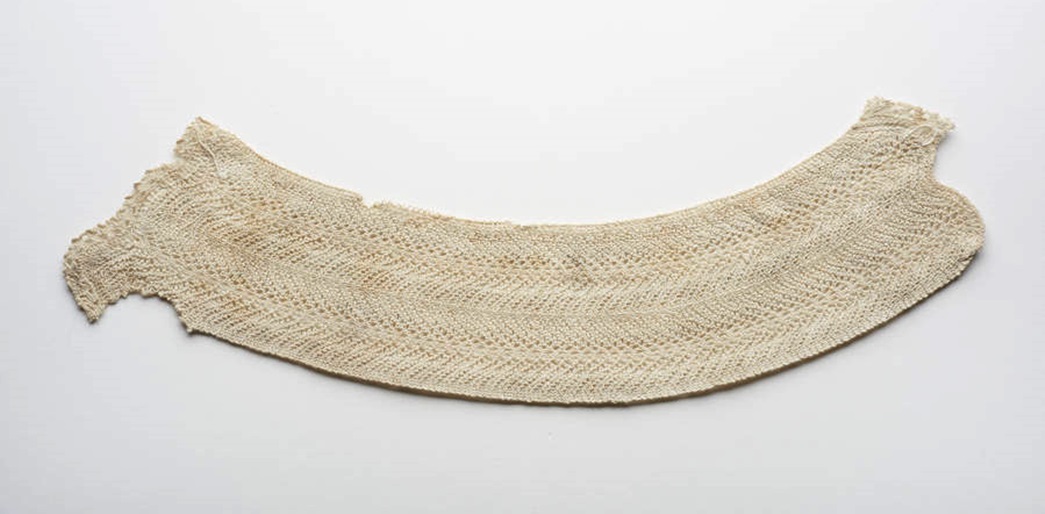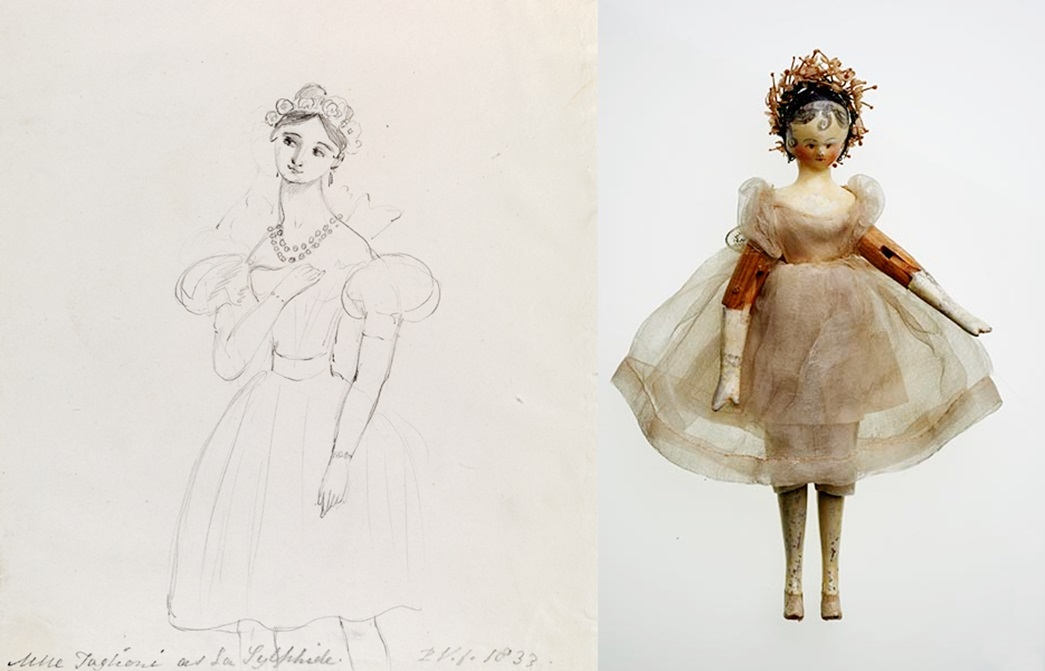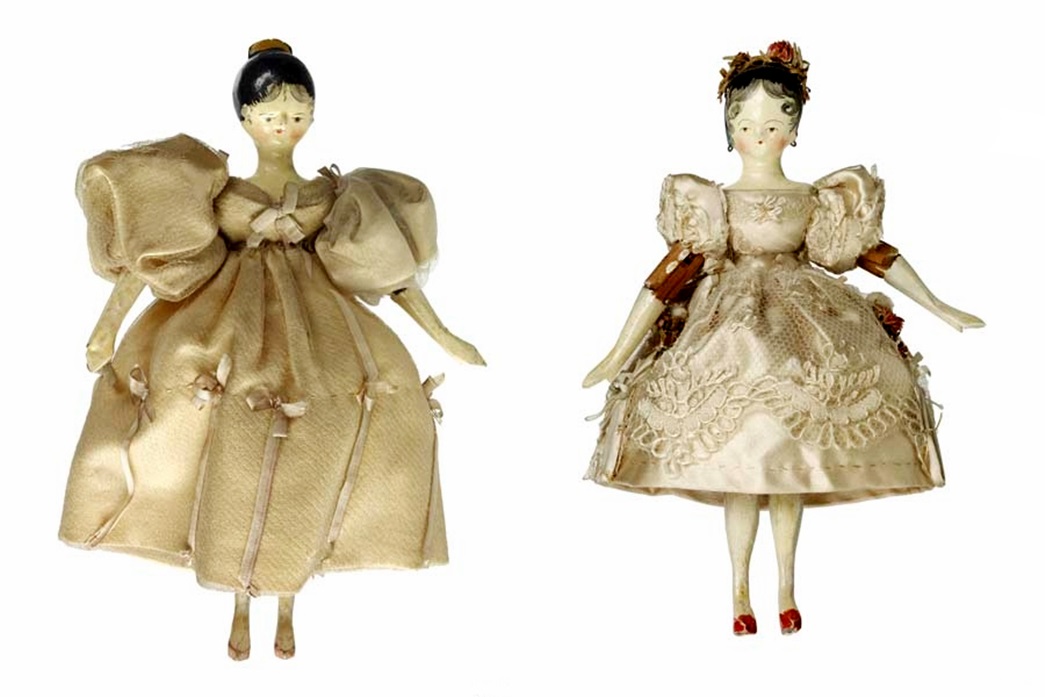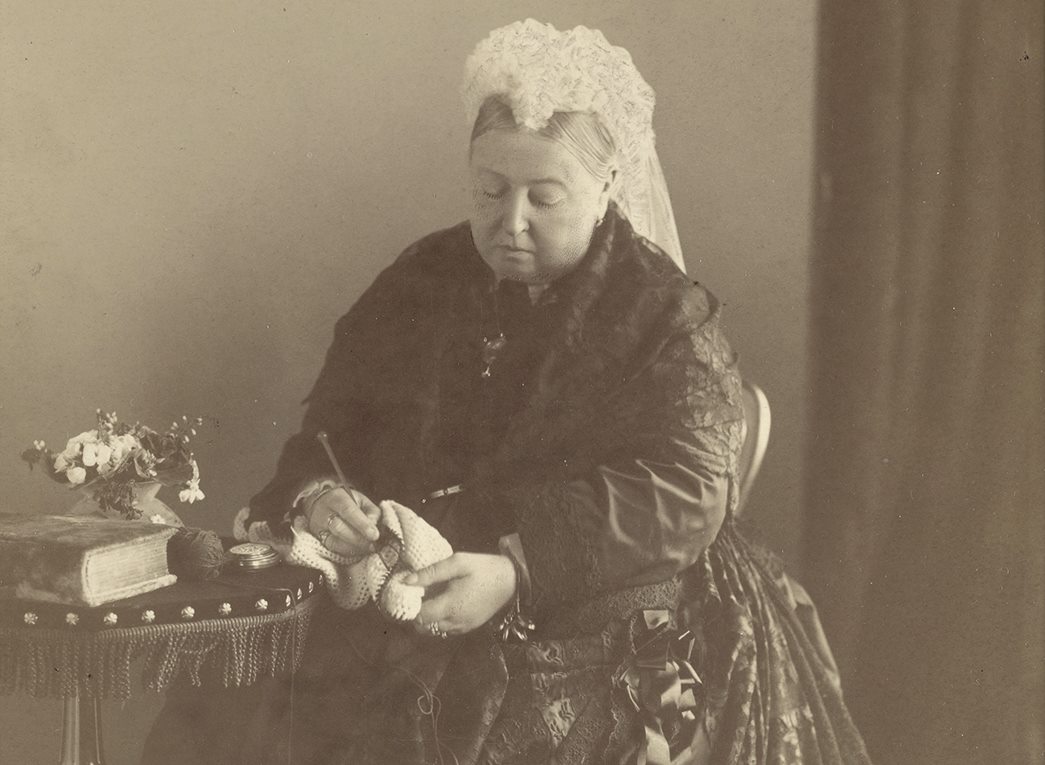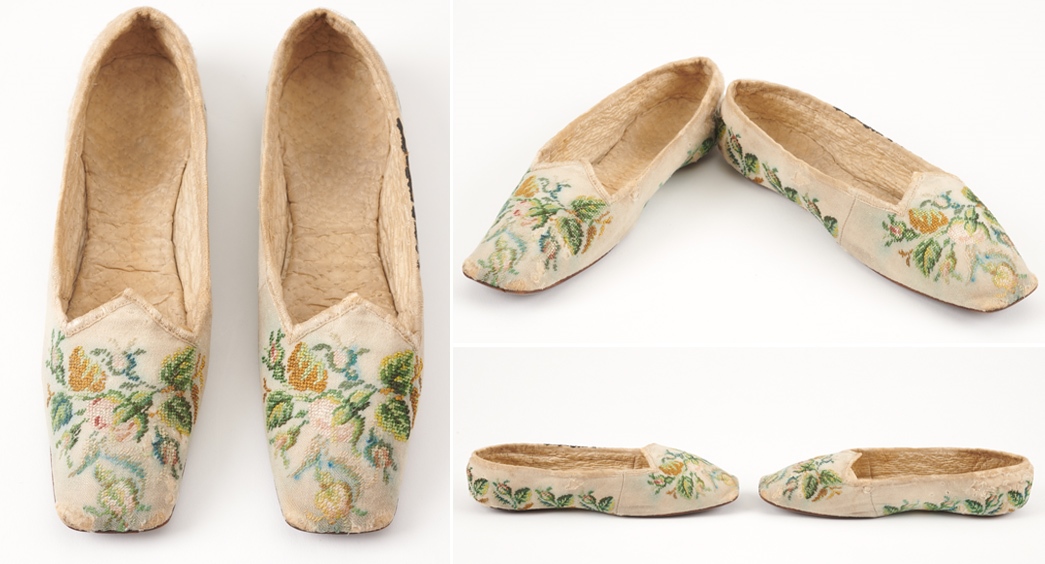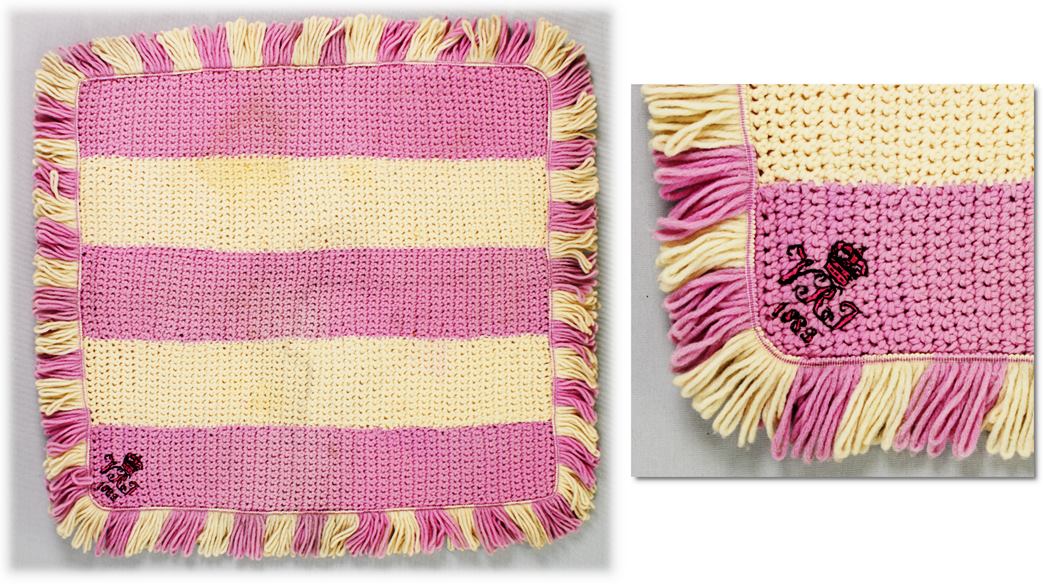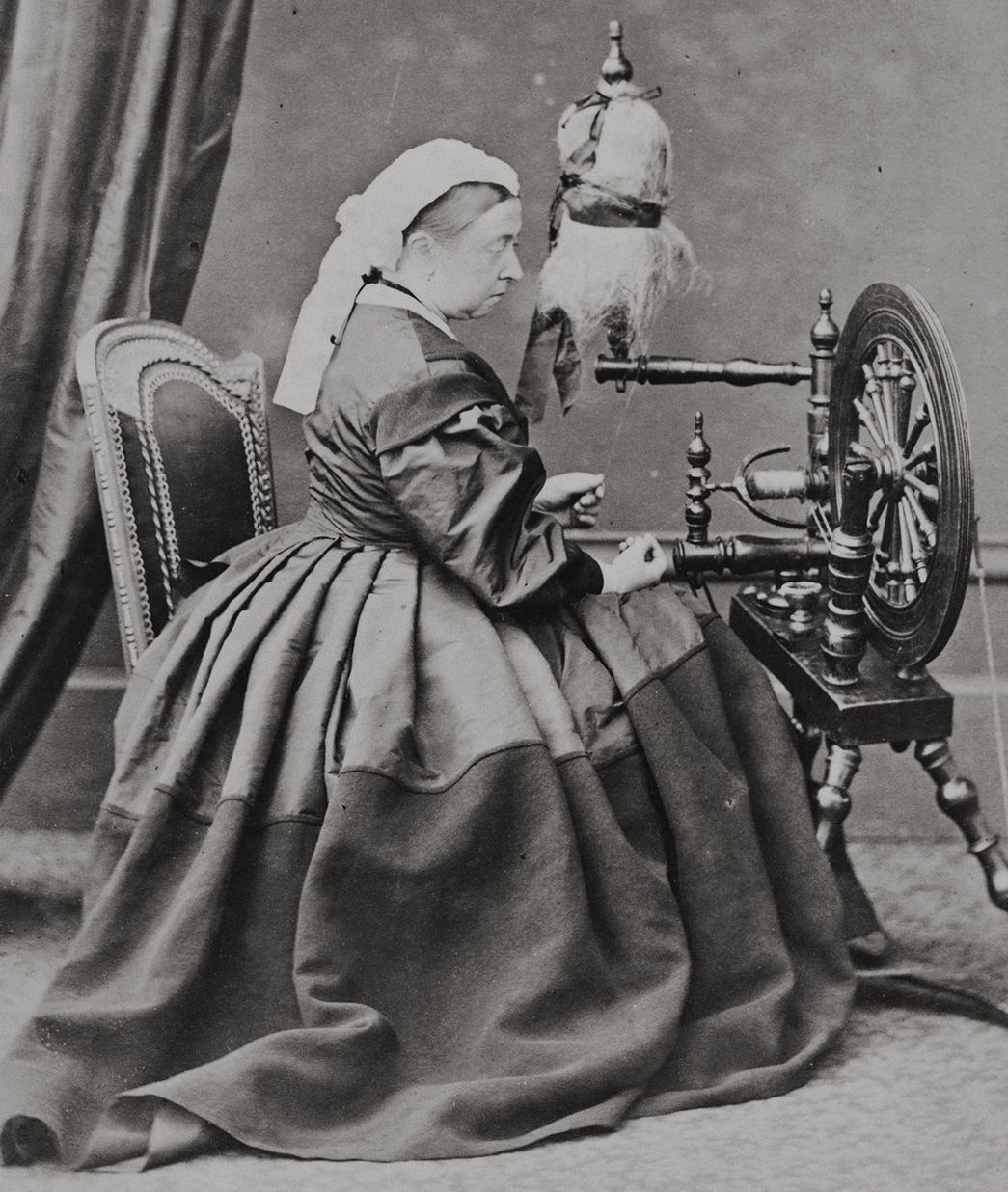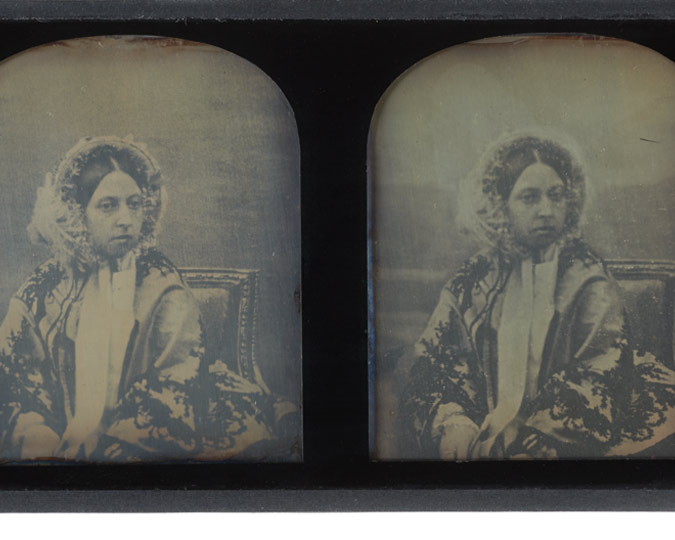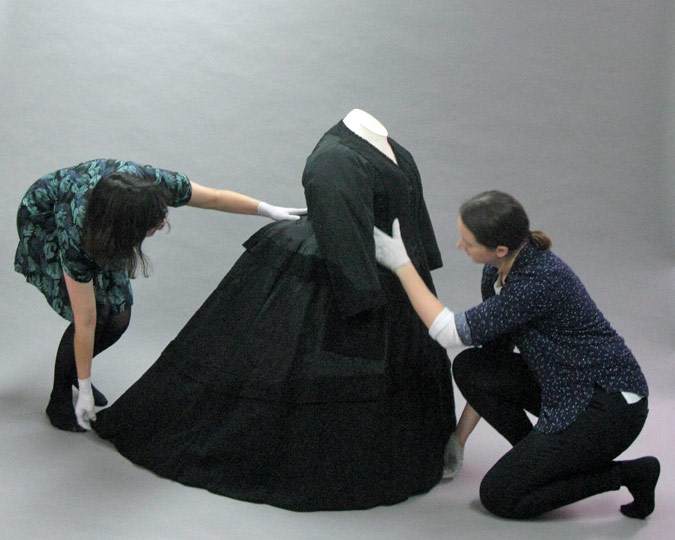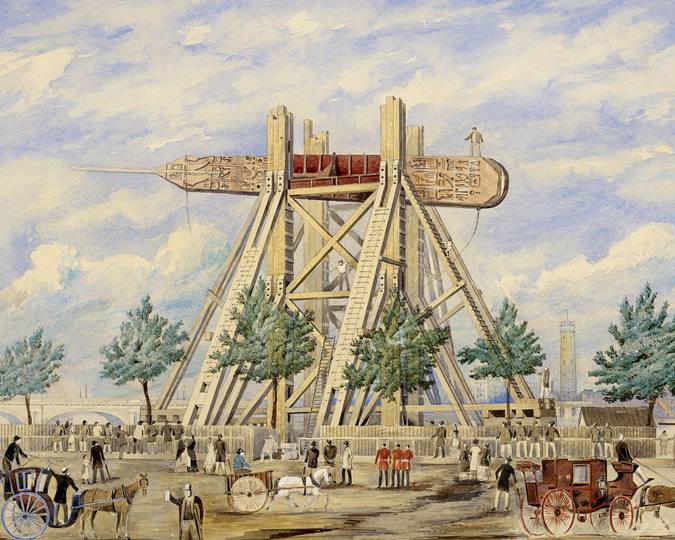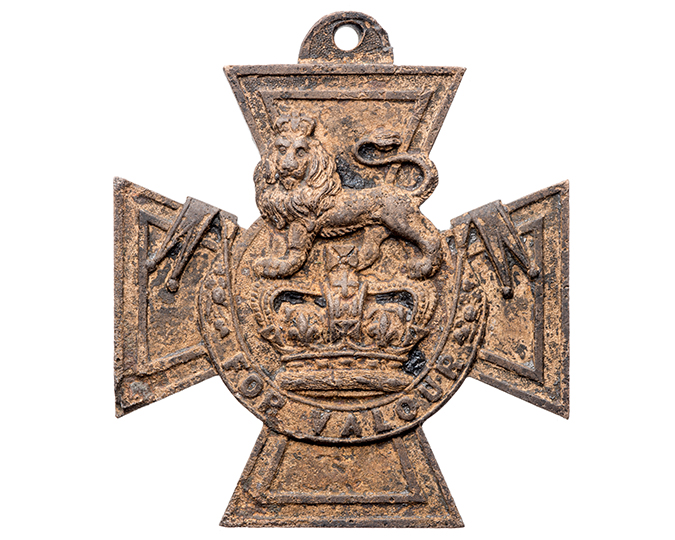Queen Victoria’s watercolours and drawings are quite well known, but did you know she embroidered and crocheted pretty gifts for family members all through her life? We look through the museum’s collection for several examples of the queen’s handiwork.
On Christmas Eve 1832, a 13-year-old Princess Victoria wrote in her journal: “Mamma gave me a little lovely pink bag which she had worked with a little sachet likewise done by her... Aunt Sophia gave me a dress which she worked herself… I gave Mamma a white bag which I had worked…”
As former Museum of London curator Kay Staniland observes, this snippet from the future queen’s journal shows how she was surrounded by industrious needlewomen. Queen Victoria continued to practise her needlework throughout her reign, even after she had become head of the British Empire. While not many of her creations have survived, the Museum of London’s collection holds some exquisite items likely to have been embroidered or handmade by the queen herself.
Princess Victoria’s impatient needlework
It’s well-known that Victoria had a gift for watercolours and drawing, but needlework is a relatively lesser-known leisure pursuit. It is not surprising that the young royal was trained to become – as Jane Austen’s Caroline Bingley would call it — ‘accomplished’. Governess Baroness Lehzen tutored her charge in drawing, sewing and knitting. Historian Rozsika Parker writes in The Subversive Stitch, “embroidery was supposed to signify femininity — docility, obedience, love of home… it showed the embroiderer to be a deserving, worthy wife and mother”. So, by indulging in feminine pursuits, did Queen Victoria intend to lead by example, personifying the Victorian ideal of the ‘Angel in the House’ without actually having to run her own household? It’s worth a thought. Victoria had a secluded childhood at Kensington Palace, where she was instructed — much like many young girls of the time — in plain and fancy needlework by her beloved governess. In the museum’s collection, we have a knitted collar, believed to have been made by the princess in the late 1820s. Knitted in white cotton thread in an undulating weave pattern, the collar’s style is typical for the period. Its intricate design would have been challenging to an inexperienced knitter.
Princess Victoria’s famous royal dolls
Between the ages of 12 and 14, the young princess famously designed and made costumes for 132 wooden dolls, inspired by historical figures, people she knew or characters she saw at the opera and ballet. Victoria took notes and sketched the outfits of the performers on stage, showing a keen eye for detail. These sketches then inspired the beautiful mini garments for her dolls made by her and Baroness Lehzen.
For instance, one of the many drawings of Mademoiselle Taglioni as the title character of the ballet La Sylphide in Princess Victoria’s sketchbook in the Royal Collection, shares a strong resemblance with one of her wooden dolls. They were made in 1832 and 1833, when the princess saw the ballet several times.
Although we can tell Victoria loved designing the outfits, Staniland points out a certain impatience with the needle. The stitching on the doll named ‘Lady Agathina Arnold’, believed to be the work of the young Princess, seems more rushed in comparison to the neat work the doll named ‘Mrs Dudley’, apparently made by her governess.
The dolls became the subject of public fascination when they were documented in Frances H Lowe’s 1894 book Queen Victoria’s Dolls. The dolls were beautifully illustrated by Alan Wright, bringing them to life on the page, giving us a glimpse into the young princess’ imagination.
Empress Victoria’s DIY gifts
Victoria continued with her leisurely pursuits of ornamental needlework projects into adulthood and as a monarch. In the museum’s collection, we have a pair of shoes, believed to have been embroidered by the queen as a gift to her second daughter, Princess Alice. It was common for women at the time to present loved ones with handcrafted gifts, and Queen Victoria – often hailed as a “model of…domestic virtue” – was no different.
Beautifully worked in half-cross stitch, the shoes are embroidered with a lovely rosebud and leaf design, on fine white twilled wool. The shoes appear to have been worn, suggesting the gift from mother to daughter was well-received.
In the mid-19th century, Queen Victoria learned to crochet. This was economically significant since crochet, often seen as a cheap substitute for needle lace, had not been regarded highly by the wealthy. Victoria sought to change this. Leading by example, she promoted crochet lace crafted by Irish women struggling to make a living during the Great Famine of 1845-52.
This had a similar impact to the Queen’s wedding in 1840, when it became publicly known that not only was her dress of white silk satin trimmed with a flounce of Honiton lace, she also wore a Honiton lace veil. Soon the small town in Devon was inundated with orders.
We know Queen Victoria continued crocheting into her later years. In our collection, we have a crochet cot cover blanket that she made in 1883 for one of her grandchildren, Princess Alice. Victoria seems to have taken great pride in her creations, making sure they were embellished with her cypher.
Queen Victoria’s love of spinning
In the mid-1860s, Victoria became very fond of spinning. “Css [Countess] Blücher came to my room & showed me how to spin. I am getting on, in spite of & bad wheel & bad flax,” she wrote in her journal in January 1865. Another entry from April that year records that she was photographed at her spinning wheel, possibly referring to a now well-known photograph taken by JE Mayall.
In fact, Victoria references spinning in her journal fairly frequently, often at the end of a day. On 4 February 1877, she ends her journal entry with the line “…& I spinning, which I have done daily, & find so pleasant.” The Queen is known to have spun sufficient linen thread for several damask napkins which went on display at the 1888 Glasgow International Exhibition, but have since been lost.
Queen Victoria’s crocheted support for war veterans
Queen Victoria famously crocheted eight scarves in the last year of her life, awarding them for bravery to selected veterans among her forces in the South African War. Known as The Queen’s Scarves, these were received with honour and worn as sashes with great pride. Four were earmarked for servicemen in the Colonial Forces of South Africa, Canada, Australia and New Zealand. The remaining four were awarded to members of the British Army.
Knitting as part of the war effort was passed down several generations and became somewhat of a tradition among the royal family. For example, the young Princess Elizabeth (later Queen Elizabeth II) and her sister Princess Margaret famously knitted for the forces in the Second World War.
From making play dolls and royal gifts to spinning at the end of a long day, these journal entries and rare surviving examples of the Queen’s craft give a personal and not widely known insight into the life of the powerful monarch of the British Empire. As one of her contemporaries, journalist and poet Sir Edwin Arnold wrote in the Diamond Jubilee edition of The Woman at Home magazine, “Her Majesty is, and has been, the ornament – to offer a few observations, not on the historical, political, or imperial particulars of the Reign, but upon the Womanhood – the essentially feminine virtues and qualities – which our good Queen has illustrated and manifested in all circumstances of her memorable sway”.
Love history and trivia? Subscribe to our free History of London newsletter for stories from our collections, displays and exhibitions.








